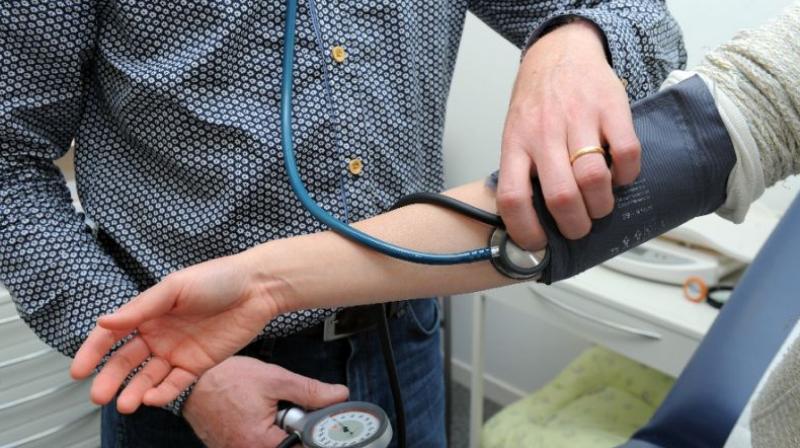World Hypertension Day: Categories, symptoms and prevention of disease
World Health Organisation says hypertension is condition in which blood vessels persistently raised pressure, putting them under stress.

World Hypertension Day is observed on May 17 every year. The day calls out for increasing awareness on this killer disease and help people realise that hypertension or high blood pressure is a preventable and controllable condition.
Hypertension remains a contributing risk factor for stroke, heart attacks and other cardiovascular complications leading to deaths across the globe.
The theme for the World Hypertension Day 2018 is ‘Know Your Numbers.’
The World Health Organisation says hypertension is a condition in which the blood vessels have persistently raised pressure, putting them under increased stress.
The higher the pressure, the harder the heart has to pump. Normal adult blood pressure is 120 mm Hg1 when the heart beats (systolic) and about 80 mm Hg when the heart relaxes (diastolic).
According to hypertension guideline defined by American college of Cardiology (2017) the various categories of blood pressure as follows :
- Normal : Less than 120/80 mm Hg
- Elevated : Systolic between 120-129 mm Hg and diastolic less than 80 mm Hg
- Stage 1 : Systolic between 130-139 mm Hg and diastolic 80-89 mm Hg
- Stage 2: Systolic at least 140 mm Hg or diastolic at least 90 mm Hg
- Hypertensive Crisis : Systolic over 180 mm Hg and / or Diastolic over 120 mm Hg
Notably, high blood pressure damages the heart and blood vessels in organs and is a leading risk factor for heart disease and stroke.
The symptoms of early detection of hypertension are:
- Headache
- Nosebleeds
- Irregular heartbeats
- Buzzing in the ears
- Tiredness, dizziness, weakness
- Nausea, confusion, anxiety
- Chest pain, breathlessness
According to experts the causes of hypertension range from lack of exercise, alcohol consumption, smoking, obesity and genetics.
Furthermore having excess salt places strain on the arteries which carry blood, as a result of which, the tiny muscles in the artery walls become stronger and thicker. Increased salt raises the blood volume and also peripheral resistance.
Prevention methods:
- Learning to manage stress through regular exercise, yoga, meditation
- Limiting intake of sodium by reducing the amount of salt
- Having a healthy diet, avoiding food with high saturated fats
- Maintaining a healthy weight
- Being physically active
- Avoiding tobacco use and reducing alcohol intake
- Regularly checking blood pressure
- Maintaining a healthy weight as per age and body type
- At least 40 minutes of isotonic exercise line, jogging, brisk walk, swimming, cycling
- At least 7 hour sleep
- Listening to Indian classical music

